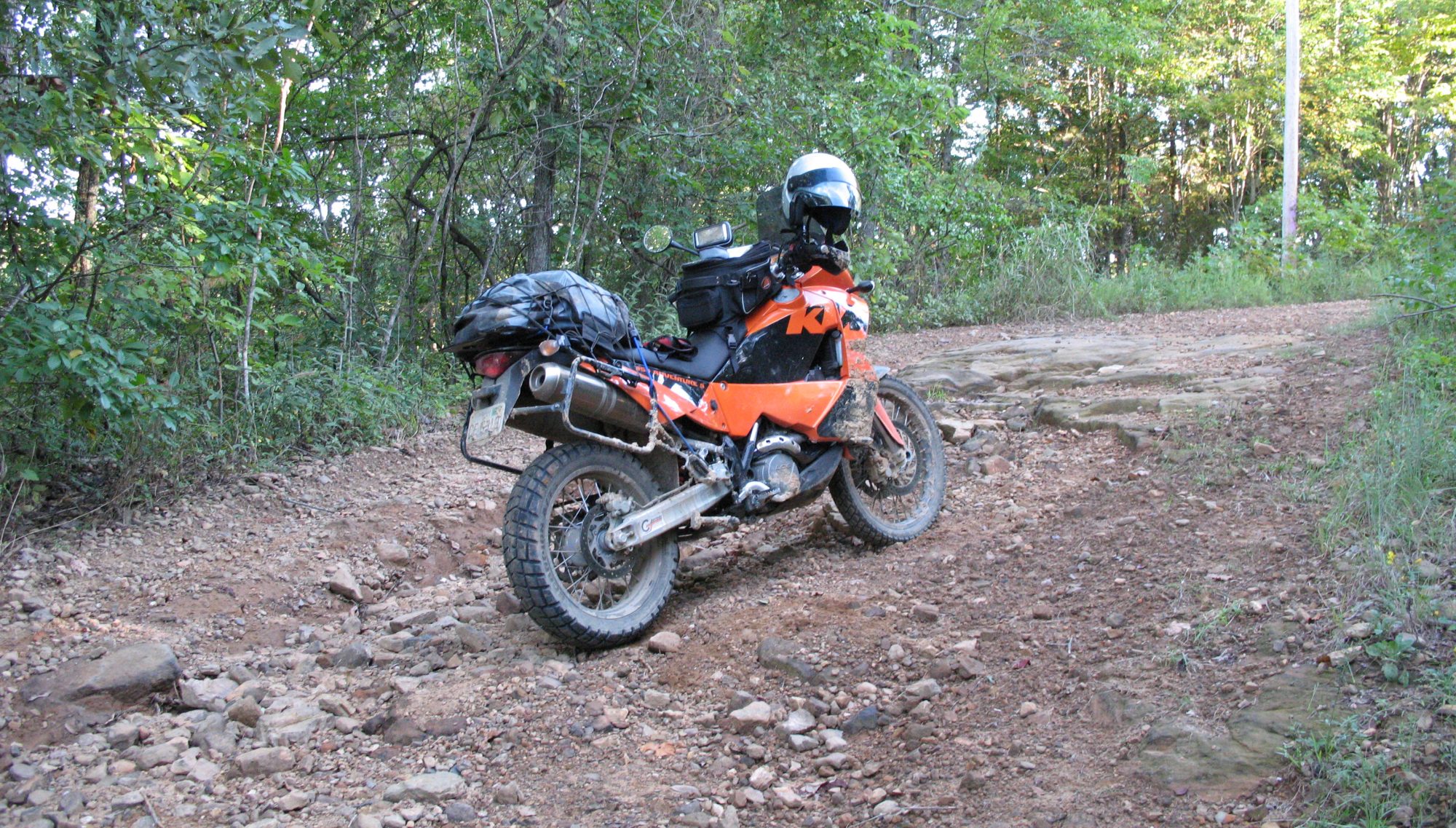Some changes are in order for the tractor, to make it easier to operate and hopefully faster at getting things done.
The first update was to add a bucket level indicator. This add-on allows you to know if the bottom of the bucket is level or not. This is a big help when moving dirt or gravel. With experience, you recognize if the bucket is level by the way the top of the bucket looks from the seat, but this takes time to learn. Using the bucket level indicator you can mostly eliminate the learning curve. I chose the product from zookswelding.com and it fits and works perfectly. It took longer to find my rachet than to install it. A really nice add-on.
The next update was to install Pat’s Easy Change quick hitches onto the lower lift arms at the 3 point hitch. They install fairly easily, but use the spacer bar to set the hitches the proper distance apart – which will depend on the implement you’re using. You want the hitches to be parallel to each other when they are the proper distance apart. It doesn’t have to be exact, but it will be easier and quicker to hitch and unhitch if they are properly aligned. If your implement needs the PTO shaft, you’ll still have to climb off the tractor to hook that up, and most likely the top link as well. There is a satisfying clunk when the hitches are secured on the lift pins. So far, working just as expected.
The Kubota plastic toolbox behind the driver’s seat is handy, but doesn’t hold much. I picked up a surplus .50 caliber ammo box and mounted it in place of the smaller plastic box. It seals at the top, so I won’t have tools and pins and linchpins setting in water and rusting after the tractor is out in the rain.
To make it easier to use the loader to move heavy things around, I added a set of Bolt-On grab hooks to the bucket. I placed them at the outer edges of the top rail of the bucket. Now that I can left from two points instead of one, having the load swing around should be minimized, and lifting is safer as well.
Down the road:
I need a box blade so that I can properly maintain the driveway gravel. It can be done with the loader, but it takes longer and is more difficult to get a nice smooth surface. All things considered, box blades aren’t terribly expensive, so it will be a good implement to help maintain things at the cabin.
I want to have a rear remote hydraulic connection, so that I can use a hydraulic top link. This makes angling a box blade much easier so that you can work more efficiently while leveling driveway gravel. The third function valve that powers the rear remotes has a replacement knob for the loader joystick, with two button switches. These switches control a solenoid in the valve that directs pressurized fluid flow to the rear remote, and the on to the hydraulic top link. Each button moves the top link cylinder in opposite directions.
While I’m working on the hydraulics, I also want a front remote at the loader so that I can run a grapple or change the angle of a snow blade. I plan to use a diverter valve on the output of the third function valve, to direct the pressurized fluid flow to either the front or rear remote as needed. With the diverter valve I won’t be able to run both front and rear remotes at the same time, but I don’t foresee that being an issue. With the right combination of quick couplers, the loader can still be easily removed from the tractor after installing the front remote.
I want to convert the pin-on loader bucket to use SSQA (skid steer quick attach) implements. There is an adapter that fastens onto the loader using the same four pins that attached the pin-on bucket. Then a plate that mates with the adapter is welded onto the bucket. Some primer and Kubota orange paint and we’re good as new, except that now we can quickly swap loader implements such as a grapple. snow blade, or pallet forks.
I want to pick up a grapple as well. They are really useful for clearing brush and general cleaning up and moving logs and tree limbs out of the way. They’re not cheap, and that’s why it’s at the bottom of the list. To run the grapple, the front remote is needed, and the SSQA needs to be installed on the loader. So a couple of other upgrades need to be done before I’m ready for the grapple.
Lots of planned upgrades and I’ll do them as time and funds permit. When I’m finished, I’ll have a very useful piece of equipment that can handle most any job around here.
